DIA Rock Wool With Composite Board Thin Plastering Exterior Wall External Thermal Insulation System Material Matching and Construction Application Advantages
Release Time : 2019-08-28 13:02:05Introduction
Due to the vast territory of China, the climate and environment are quite different, there are hot in summer and warm in winter, hot in summer and cold in winter, cold, severe cold and other regions, so the regional insulation of external wall insulation at home and abroad is relatively obvious, and the policies of various places have certain differences. On May 1, 2015, the "Code for Fire Protection of Building Design" and on December 1, 2015, the "Technical Regulations for the Application of Thermal Insulation and Fireproof Composite Panels" were successively issued and implemented, and the market share of thermal insulation, waterproof, fireproof and mechanical properties of the rock wool composite board exterior wall insulation system is increasing. Some people who do not have a deep understanding of the production and construction technology of rock wool belt composite board even think that rock wool belt composite board is wrapped in mortar in unqualified and inferior rock wool to achieve surface and appearance qualification, which is a fake and shoddy product that is ruined on the outside; At the same time, there is also a great misunderstanding of its construction application, thinking that the rock wool belt composite board system is a "hard connection" system with hidden dangers of cracking and cold and hot bridges at the joints of the slabs, which is easy to cause stress concentration. In fact, this is all due to the fact that some people do not understand the design principle of the rock wool belt composite board, the matching of the external insulation material of the rock wool belt composite board and the lack of in-depth understanding of the construction and application of the rock wool belt composite board. The following authors make the following analysis from the aspects of system material matching and construction application superiority.
The advantages of thin plastering external wall external insulation system
Thin plastering external wall external insulation system has nearly 60 years of mature engineering practice in Europe and the United States, is a very mature external thermal insulation technology, domestic from the beginning of the 21st century also began to vigorously promote external wall external thermal insulation thin plastering technology, there are suitable for different regions of China external wall external insulation theory and practical experience. The thickness of the protective layer of the thin plastering system is 3-5mm, and the thickness of 3mm-5mm is a more suitable thickness, first of all, the weather resistance of the system is guaranteed, so that the system life can basically meet the design life of 25 years, and at the same time plays a good waterproof role; Secondly, it also achieves effective bonding to the surface of the board, so that the integrity of the plastering paste and the insulation board is better, and the deformation of the insulation board is effectively restrained; Thirdly, the thickness of 3mm-5mm is enough to ensure the placement of the mesh cloth, so that it will not hang dry, so that the mesh cloth can release the stress more effectively; Fourthly, the thickness of the thinner protective layer makes the bearing of the insulation board lighter, and the compressive shear strength requirement of the thermal insulation material is not high, and the compressive shear strength of the thermal insulation material used at present is enough to meet the weight of the protective layer, and the safety factor is higher; Fourth, the thickness of the thinner protective layer makes the protective layer shrink and expand less when the protective layer is affected by the temperature difference, and the stress generated is easier to release, and the risk of cracking is reduced.
The advantages of DIA rock wool with composite board thin plastering exterior wall external thermal insulation system material matching
1. Choosing the right materials and processes to produce high-quality rock wool tape composite panels is the key to ensuring system safety and meeting energy-saving requirements
Because the rock wool belt as the core material of the rock wool belt composite board insulation is very important to ensure the safety of the system and meet the requirements of energy saving, so the choice of the rock wool belt is very important, according to the GB50009-2012 "Code for Building Structure Bearing", the external wall insulation system needs to meet the following three conditions, in order to fundamentally ensure the safety of the system.
1) Shear force < compressive strength
The shear force is the self-weight of the rock wool belt and the external gravity it bears;
2) Thermal stress < compressive strength
Thermal stress is highly affected by the climate and cannot be estimated
3) Negative wind pressure < tensile bond strength
Tensile bond strength refers to the tensile bond strength of sheets and adhesives
Therefore, it can be seen that under the condition that the shear force and negative wind pressure remain unchanged, the higher the compressive strength and tensile bond strength, the higher the safety factor of the system.
In addition, the relationship between the density and thermal conductivity of rock wool from many rock wool manufacturers in Shanghai, Jiangsu, Shandong and Anhui found that the thermal conductivity of rock wool decreased first and then increased with the increase of rock wool density, and the thermal conductivity of rock wool was lower at 80-120kg/m3, and the thermal conductivity of many rock wools was the lowest at 100kg/m3, so the thermal insulation effect of rock wool belt was the best when the density was 100kg/m3.
After integrating a large number of test data, the DIA rock wool belt composite board finally selected 100kg/m3 rock wool belt as the insulation core material to meet the requirements of safety and energy saving, and strive for the balance of various parameters.
In the production process, the non-dry hanging mechanical plastering process of plastering paste + alkali-resistant mesh cloth + plastering paste is adopted, and the thickness of the single-sided plastering layer is about 1.5mm, which largely ensures the dimensional stability of the DIA rock wool belt composite board, and the non-dry hanging process mesh cloth is located on the outside of the mortar, which can effectively bind the deformation of the rock wool belt itself, and the plastering layer of the non-dry hanging system can effectively support the deformation of the rock wool belt due to its own weight like a "skeleton", and has a greater ability to resist bending and deformation.
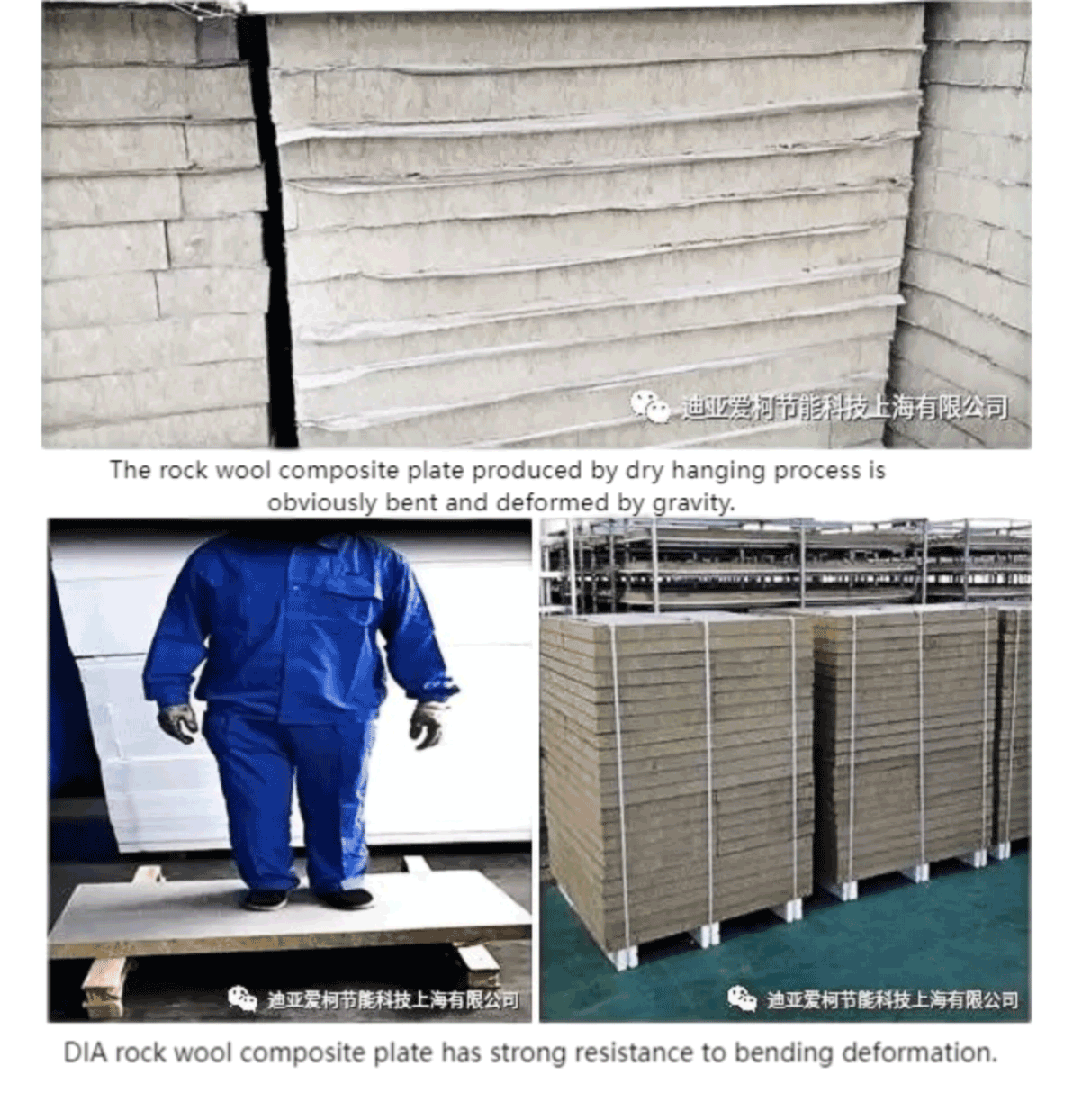
As a prefabricated product in the factory, the DIA rock wool belt composite board is placed in the factory for a long time, the stress generated by the composite mortar layer is basically released, and the dimensional stability of the plate itself is good.
2. Choosing high-quality anchors can effectively ensure the safety of the system.
The anchor is composed of metal nails and a plastic sleeve with a disc, the metal nails for high-quality anchors are hot-dip galvanized and anti-corrosion treatment, the diameter and stiffness of the nails are guaranteed by a good guarantee, and there will be basically no breaking due to rust, the plastic expansion sleeve with a disc for high-quality anchors is made of virgin polyamide, polypropylene or polyethylene materials, and the thickness of the casing and the disc and the diameter of the disc will not cut corners, so it will not be deformed under the influence of temperature difference, which greatly reduces the generation of stress, In addition, the high-quality anchors have higher mold opening accuracy, higher matching degree of metal nails and casings, better expansion effect, higher drawing strength, higher system safety factor, and better bridge breaking effect.
3. Choosing a mesh cloth with low elongation at break and high alkali resistance retention greatly increases the system's anti-cracking ability.
As the key supporting material for exterior wall insulation, the quality of the mesh cloth is directly related to the quality of the whole system, is the "channel" of stress dispersion, and plays the greatest role in anti-cracking, in which the low elongation at break and high alkali resistance retention rate of the mesh cloth are the key indicators to evaluate the quality of the mesh cloth, the higher the alkali resistance retention rate of the mesh cloth, the longer its life, the non-alkali-resistant mesh cloth will break in a short time after the composite plaster, and the integrity of the system is destroyed, so the alkali resistance of the mesh cloth is related to the safety of the whole system. In addition, the lower the elongation at break of the mesh cloth, the more obvious the binding effect on the insulation board when it is deformed by the temperature difference, and the more obvious the effect of the composite plastering paste on inhibiting the deformation of the insulation board.
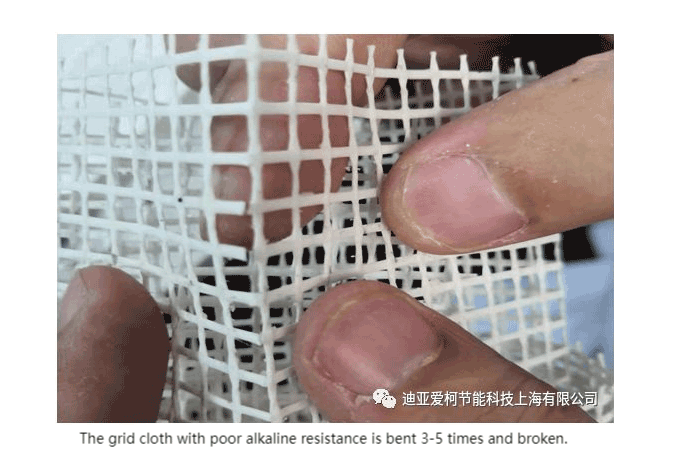
Therefore, high-quality mesh cloth is a key supporting material for external thermal insulation and finish systems, which greatly increases the anti-cracking ability of the system.
4. Choosing high-quality adhesives and plastering glues is the key to realizing the integration of waterproofing and insulation high-quality adhesives and plastering glues are modified by enough polymers with different functions, and the products themselves have certain flexibility, high tensile bonding strength, excellent heat aging resistance, bonding strength will not change with time, the mortar shrinks and expands due to the influence of temperature difference and the attenuation of adhesion occurs, and the plastering glue also has good hydrophobic and waterproof properties. Mortar with a certain degree of flexibility can effectively disperse stress to a certain extent and resist the deformation of the insulation board to a certain extent; Higher bonding strength can effectively bond the insulation board, make the mortar and the board more integral, and inhibit the deformation of the insulation board; Good water-repellent and waterproof performance can not only effectively resist the penetration of water vapor into the insulation board of the base wall, affecting its thermal insulation effect, but also effectively resist the invasion of rainwater on the outside of the insulation layer, greatly increasing the weather resistance of the system, and achieving the integration of waterproof and thermal insulation.
DIA rock wool with composite board thin plastering external wall external insulation system construction and application advantages
1. DIA rock wool with composite board thin plastering external wall external thermal insulation system is a dual-way stress relief system.
DIA rock wool belt composite board thin plastering external wall external insulation system is actually a real double network structure, non-dry hanging system DIA rock wool belt composite board has been implanted with an alkali-resistant mesh cloth when the factory is prefabricated, and is located on the outside of the mortar, which can effectively release the stress caused by the deformation of the insulation board, which is the first way to release stress; In addition, when making a thin plastering system, a complete overlapping mesh cloth is implanted to effectively release the stress, which is the second way of stress release.
2. DIA rock wool with composite board thin plastering external wall insulation system has insulation board joints that are less affected by temperature difference.
The composite layer on the surface of the DIA rock wool belt composite board is prefabricated and cured in the factory, the stress is completely released, and the possibility of cracking the plate surface caused by non-human damage of the composite layer is almost zero, so the treatment of the plate joint is particularly important. The DIA rock wool belt composite board is cut by a cutting saw with a fixed width and length, so the size error of the composite board is small, the verticality is high, and there is no obvious diagonal difference, so when pasting the insulation board, there will not be too much plate seam under normal circumstances. In addition, the rock wool belt composite board will not change with the temperature difference like the organic board, and the board joint will also change accordingly, for example, the XPS plate joint is most affected by the temperature difference, the temperature increases, the plate joint becomes larger, the temperature decreases, and the insulation core material at the position of the plate joint of the DIA rock wool belt composite board will be first inhibited by its "skeleton" mortar composite layer when it is affected by temperature and deformation, and can not be significantly deformed. Therefore, the DIA rock wool belt composite board has a plate joint that is less affected by the temperature difference, and the stress concentration is not obvious.
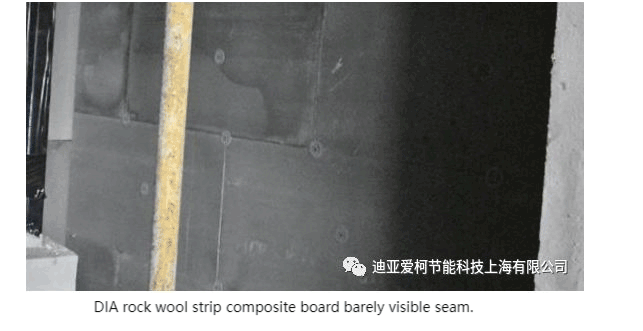
3. DIA rock wool belt composite panels are not really "hard joined" systems.
What is the "hard connection" of external wall external insulation, on the same plane, different insulation board connection surfaces are connected with materials with too much difference in elastic modulus for hard connection, for example, the rock wool board with a lower elastic modulus is connected with a mortar with a higher elastic modulus in the connection gap, and the organic thermal insulation board with a lower elastic modulus is connected with a foamed cement board or foam glass splicing with a higher elastic modulus in the gap is called a hard connection, and the rock wool belt composite board is a mortar with the same elastic modulus at the same depth and on the same plane, which is not a hard connection in the real sense. Just like pasting foam glass insulation board, foam glass belongs to a material with greater rigidity, and the elastic modulus is higher, so the splicing of foam glass and foam glass is not a hard connection, and the real hard connection is easy to lead to stress concentration and cracking.
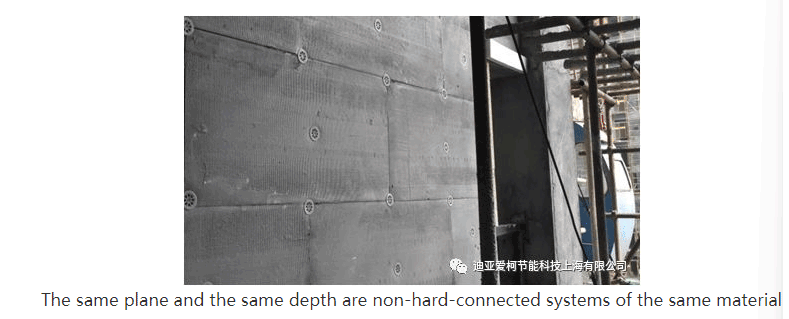
4. DIA rock wool with composite board thin plastering exterior wall insulation system is easier to control the system flatness.
DIA rock wool belt composite board is a prefabricated product of the factory, the flatness of the board surface is better, and the strength of the board surface is higher, and it will not be damaged and loose like the rock wool board and rock wool belt when the flatness is adjusted by the ruler, and the rock wool belt composite board is relatively dense, coupled with the skeleton of the composite layer, the reinforced protective layer is not easy to hollow and bulge, and it will not be deformed because the air in the insulation core material shrinks and expands due to the influence of temperature. Therefore, the DIA rock wool belt composite board thin plastering external wall external thermal insulation system only needs to start from the control of the flatness of the base layer, and the flatness of the board surface is controlled by the thickness of the adhesive layer, and it is not very difficult for the flatness of the system to meet the standard requirements.
Conclusion
Due to the fierce competition in the market, the low threshold of rock wool composite board is bound to be affected by the market, and the product quality will also be polarized.



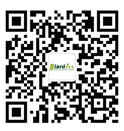
 Shanghai ICP for 19000999-1
Shanghai ICP for 19000999-1